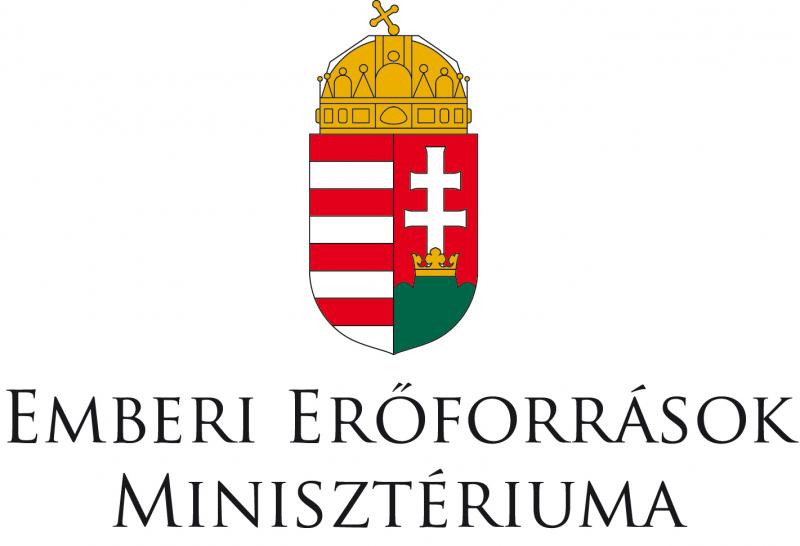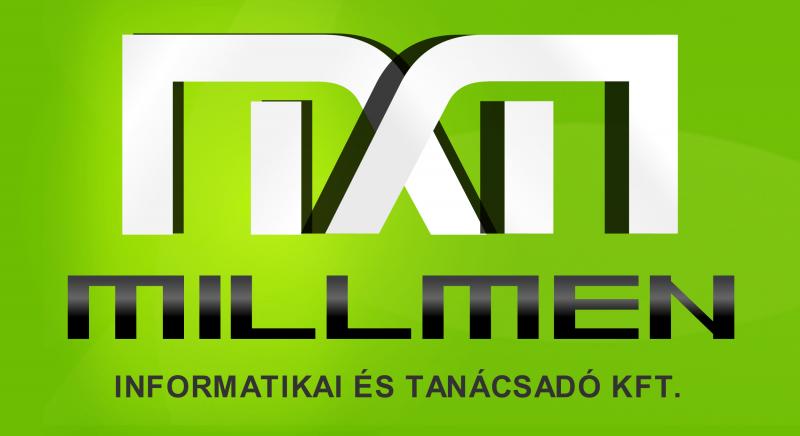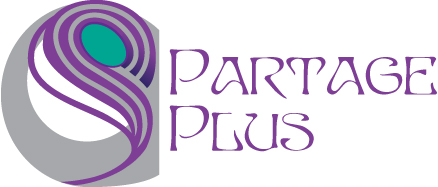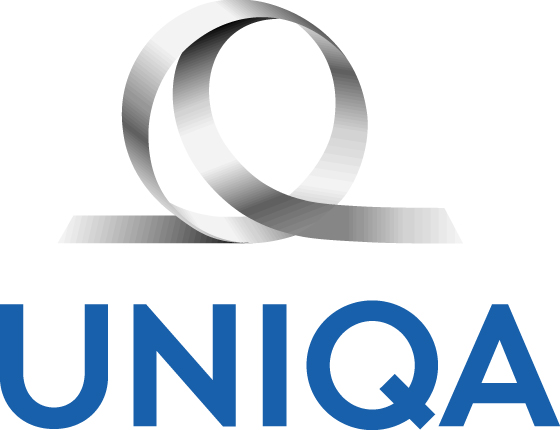The exhibition of the Art Nouveau collection of the Museum of Applied Arts, which met with success in the Musei Capitolini in Rome this spring, is on display in Budapest from 24 May, 2013.
The Museum of Applied Arts in Budapest, which came into being modelling the Victoria and Albert Museum, is one of the earliest and most significant institutions in Europe among such museums. Feeling enthusiastic about the success of the Paris Universal Exposition 1867 it was founded in 1872 as the second national museum of Hungary. Ödön Lechner’s architectural work the museum’s Art Nouveau palace, which dominates the townscape, was finished in 1896.
The Museum’s Art Nouveau collection is of great importance. The planned acquisition already started on the occasion of the Paris Universal Exposition 1889 and reached its summit at the Paris Universal Exposition 1900. This work could be thanked to the director Jenő Radics who was even more provident than the model museum in London and recognised the aims of Secessionism. He primarily wanted to present the artistic results of England and France to the public, the countries seen as the cradle for modern art movements, as well as the modern artists of Germany and Scandinavia. Due to this effort, the museum obtained notable pieces, such as the glassware of the Tiffany company that is in a class of its own today, the most beautiful works of the German Jugendstil, the tapestries of the Scherrebek weaving school based on the designs of Otto Eckman as well as Danish and Swedish porcelains. The such acquired artefacts, which represented the contemporary tendencies, were presented to the Hungarian public through the museum’s own exhibitions inspiring the Hungarian designers and producers. This is how Louis Comfort Tiffany’s glassware made by lustre techniques, which were exhibited in Budapest, influenced the artistic work of the Hungarian Zsolnay ceramic-manufactory. Over and above universal masterpieces, the Museum of Applied Arts also purchased contemporary Hungarian artefacts year after year.
The main emphasis of the programme 2013 of the Museum of Applied Arts is to display this internationally significant Art Nouveau collection both to the national and international public.
Part of the Hungarian-Italian Cultural Year 2013 this spring the Museum of Applied Arts organised a large-scale exhibition displaying almost 100 objects in the Musei Capitolini in Rome, which exhibition can now be seen in the Üllői street building. It represents the technological and artistic innovations of the heyday of Secessionism with outstanding artefacts from the period between the Paris Universal Exposition 1889 and the Turin Universal Exposition of Decorative Art 1911 and shows the influences among the different artistic fields and among the artists from different nationalities. The glass and ceramic objects –masterworks of Louis Comfort Tiffany, Émile Gallé, the Daum brothers and the Zsolnay factory- which form the main part of the exhibition is enriched by jewels (René Lalique) and tapestries (József Rippl-Rónai, Otto Eckmann).
Further relevance of the exhibition is given by the fact that Art Nouveau objects are continuously uploaded to the institution’s recently launched online collection database, in the course of the Partage Plus digitisation project which is sponsored by the European Union. The Museum of Applied Arts digitise more thousand pieces of its own European ranking Art Nouveau collection as well as outstanding Art Nouveau buildings of Hungary, which will be made available even through the Europeana cultural web database.
Also in the framework of the Partage Plus project, a 360 degree virtual tour of the exhibition was also created, which can be accessed via this link.
Partners and sponsors:














